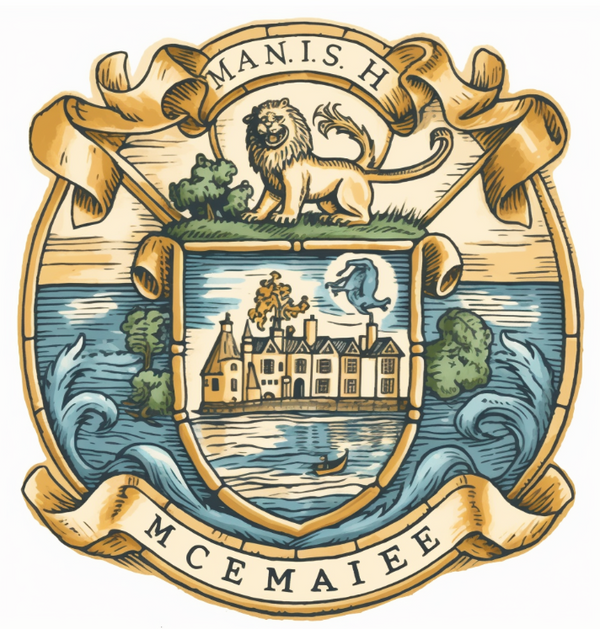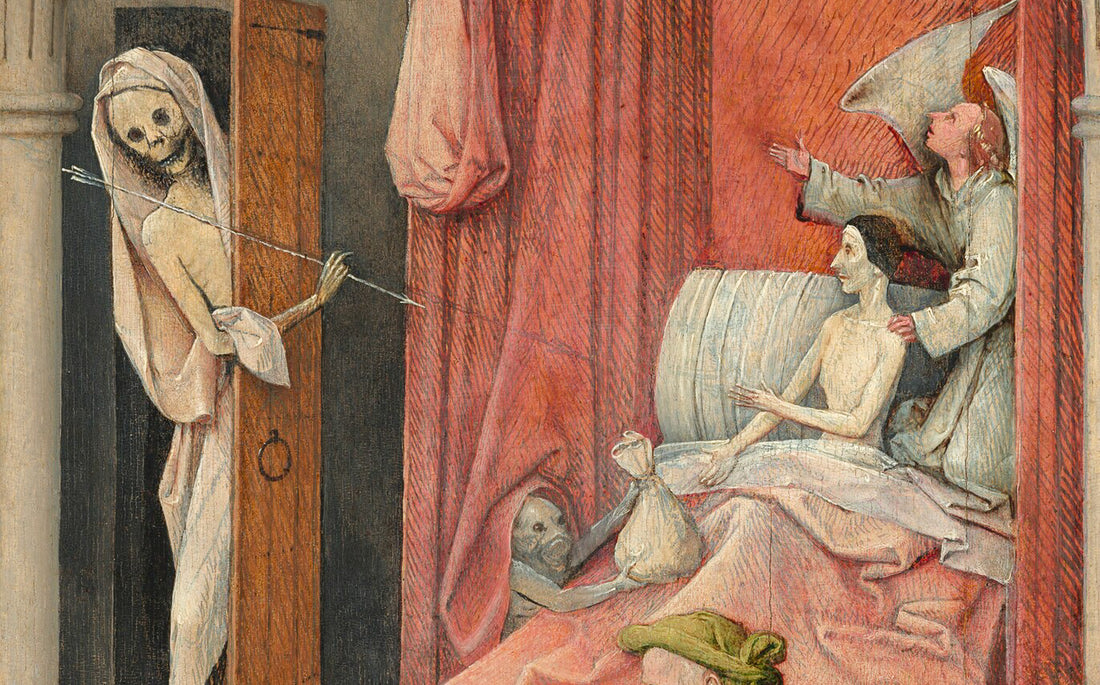1. The Enigmatic Beauty of Gothic Art: One cannot traverse the realms of gothic art without acknowledging the genius of Hieronymus Bosch. His masterpiece, "The Garden of Earthly Delights," is a triptych that portrays the journey of the soul from innocence to damnation. The rightmost panel, depicting Hell, serves as a stark memento mori, reminding viewers of the transient nature of life and the eternal consequences of our actions.

2. The Wall of Art - A Testament to Mortality: The gallery wall of our museum is adorned with masterpieces that echo the sentiments of memento mori. One such piece is (albeit a clever fake) Albrecht Dürer's "Knight, Death, and the Devil." This engraving showcases a knight, representing the Christian soldier, journeying through a landscape filled with symbols of death and decay, reminding us of the ever-present shadow of mortality.

3. The Ethereal Allure of Goth Art: Goth art, with its dark and melancholic undertones, has always been a medium to explore the themes of death and decay. Francisco Goya's "Saturn Devouring His Son" is a chilling representation of the cyclical nature of life and death, where even the gods are not immune to the ravages of time.
4. The Memento Mori in Modern Times: Contemporary artists, too, have been inspired by this age-old theme. Damien Hirst's "For the Love of God," a platinum skull encrusted with diamonds, is a modern memento mori. It serves as a reminder that even in death, beauty and decadence can be found, but they too are fleeting.
See https://www.theguardian.com/artanddesign/2011/nov/21/damien-hirst-tate-modern for a discussion of the work and the author.
5. Hanging the Artworks - A Curator's Perspective: As the curator of art and antiquities, I must emphasise the importance of displaying these masterpieces with the reverence they deserve. When hanging such profound pieces on the gallery wall, one must ensure that they are placed at eye level, allowing the viewer to fully immerse themselves in the artwork. The use of dim, atmospheric lighting can further enhance the mood, drawing the viewer into the depths of the piece. However, one must be cautious. There have been times, in the stillness of the night, when the artworks in this museum have taken on an almost magical quality, as if they possess a life of their own.
In conclusion, the memento mori, whether portrayed through gothic art, goth art, or dark art, serves as a poignant reminder of our mortality. As I walk through the gallery walls of the Utterwick-on-the-Marsh Museum, I am constantly reminded of the transient nature of life and the eternal beauty that can be found in the acceptance of our fate. For in the words of Lovecraft, "The oldest and strongest emotion of mankind is fear, and the oldest and strongest kind of fear is fear of the unknown." And what is more unknown than the realm beyond death?

